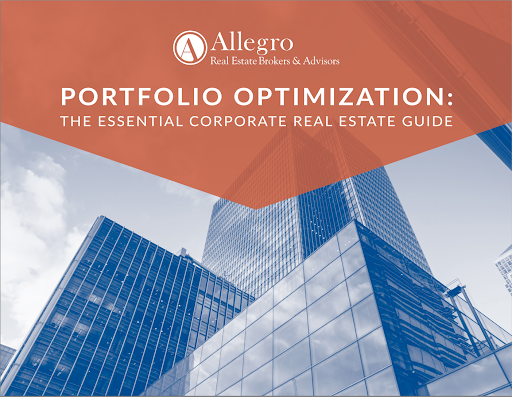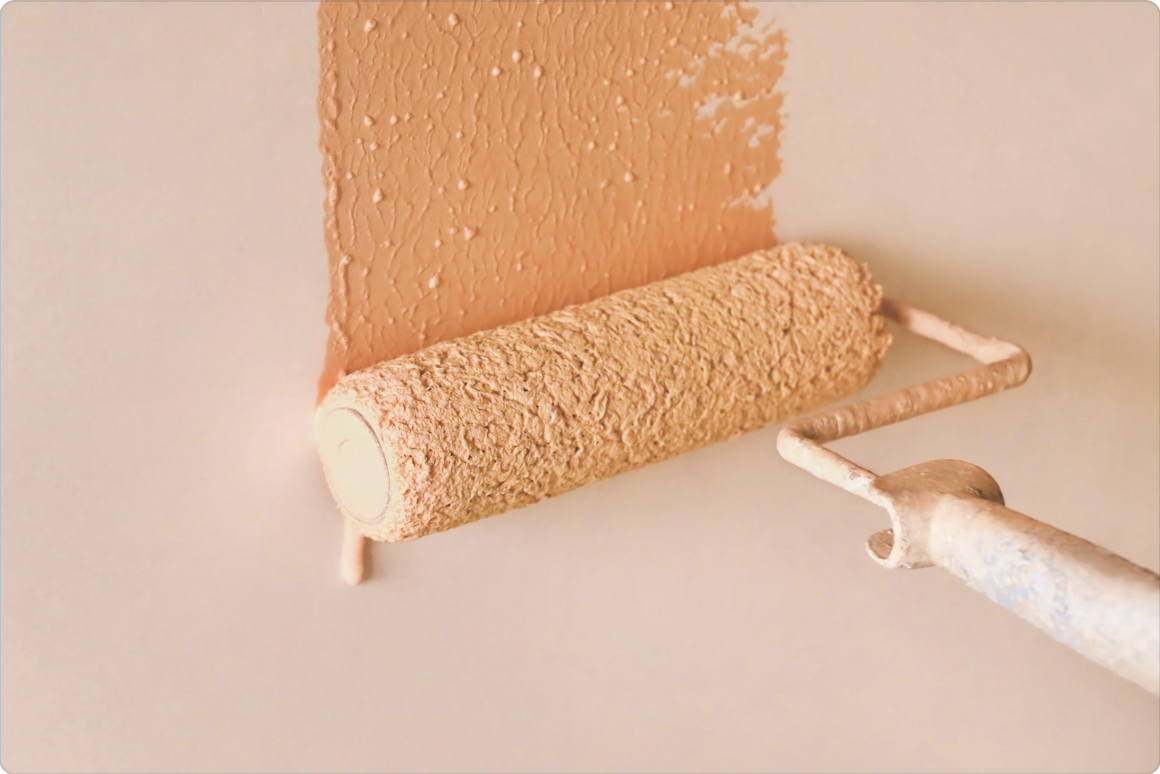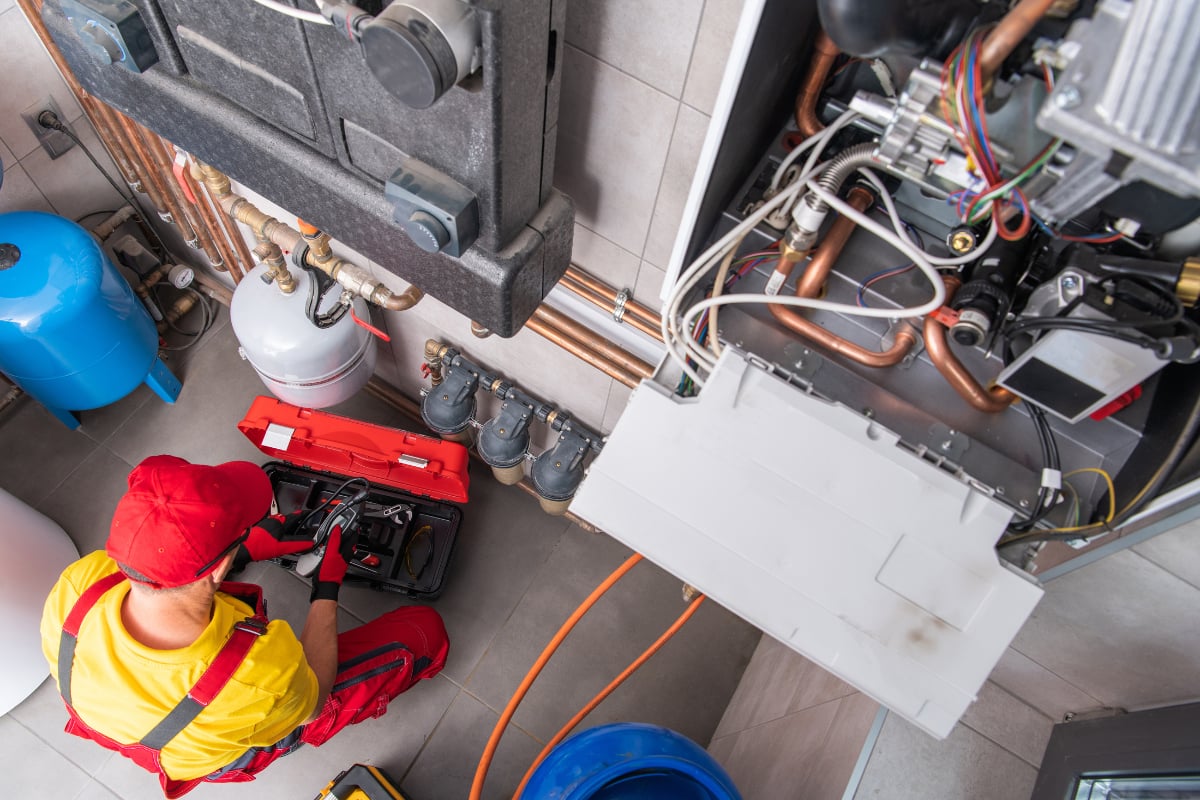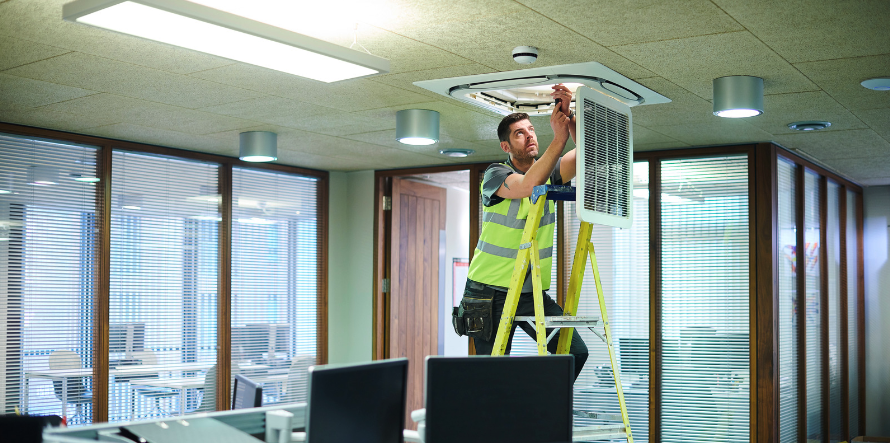As any property manager knows, proper facility management significantly impacts every commercial real estate property or portfolio—and maintenance plays a huge role in it.
Because maintenance can account for 10 to 25% of your operating costs, it’s critical to ensure your team is as efficient and thorough as possible. Staying on top of your property’s maintenance can yield a number of benefits, from increased cost savings to extending the life expectancy of your systems and equipment.
Continue below to learn about the three most common types of maintenance—reactive, preventive, and predictive—and their impact on your CRE property or portfolio.
What Is Reactive Maintenance?
Like its name suggests, reactive maintenance takes place after an asset, system, or machine malfunctions or breaks down. A driver of significant inefficiency, increased costs, and unplanned downtime, this type of maintenance is the least effective for CRE property managers.
Because your equipment and machinery is only being addressed when an emergency arises, reactive maintenance can result in the reduced service life of those assets.
Plus, because this type of maintenance is unplanned, your staff members handling the repairs must forgo their everyday tasks and immediately fix the issue at hand, which can put your team behind schedule.
What Is Preventive Maintenance?
Preventive maintenance is the planned inspection and upkeep of your facility’s systems and equipment. Unlike reactive maintenance, it’s a proactive form of care that involves recurring equipment and machinery checkups over specific intervals of time.
Types of preventive maintenance can include regular inspections, cleaning, machine servicing, replacements, refurbishments, condition monitoring, tunings, and scheduled parts ordering.
While drawbacks of preventive maintenance can include the risk of over-maintenance or higher up-front costs, like labor, the benefits are tenfold. They can include:
- Increased cost savings from efficient operations and fewer repairs.
- Longer life expectancy of systems and equipment.
- More productive maintenance staff who spend less time managing urgent situations.
- Fewer disruptions to business operations because of less downtime for equipment.
- Increased workplace safety as a result of fewer emergencies.
Of the three types of inspection, this one is a common choice for commercial real estate managers who are not yet ready to invest in predictive maintenance technology but want to ensure their portfolios are properly maintained.
What Is Predictive Maintenance?
Predictive maintenance, also known as PdM, involves using technology like sensors to predict when certain assets will need to be replaced or repaired. This is the most sophisticated type of property maintenance.
When it comes to predictive maintenance, some common techniques for monitoring your assets can include thermography, vibrational analysis, and acoustical analysis.
Though adopting new technology and training your staff may seem daunting and pricey, the return on investment can be staggering. In fact, it can reduce your maintenance costs by up to 75% and your breakdowns by up to 45%. A number of additional benefits can include:
- Increased efficiency and reduced downtime with real-time equipment and machine data.
- Enhanced budget control and cost savings with calculated maintenance.
- Improved safety with technology to identify potential errors before they arise.
- Extended lifespan of assets.
- Staff who can focus on high-level activities outside of routine maintenance.
- A more structured, less chaotic operation.
Though the most complex type of maintenance, predictive maintenance can undoubtedly improve your operations when implemented carefully and thoughtfully.
Preserve the Value of Your Properties
Facility management involves the proactive and reactive maintenance required to preserve the value, functionality, comfort, safety, and efficiency of your real estate portfolio or asset. It’s a key part of preserving and maintaining the overall value of your property—and ultimately should not go ignored.
If you want to augment or outsource facilities management, we can support your current in-house resources or become your single-source facility management solution. Download this free step-by-step guide to see how we approach facility management services.








